In the dynamic world of maritime logistics and port operations, container cranes play a pivotal role in ensuring the seamless transfer of goods. At CarMax Vehicle, we understand the critical importance of container crane specifications in optimizing efficiency, enhancing safety, and minimizing operational costs. This guide delves deep into the intricate details of container crane specifications, providing a thorough analysis to equip industry professionals with the knowledge needed to make informed decisions.
Understanding Container Cranes: An Overview
Container cranes, often referred to as ship-to-shore (STS) cranes, are specialized machines designed for the efficient handling of shipping containers. These cranes are integral to port operations, facilitating the loading and unloading of containers from ships to the dock and vice versa. The effectiveness of a port largely depends on the specifications and performance capabilities of its container cranes.
Types of Container Cranes
- Quay Cranes (Ship-to-Shore Cranes): Positioned at the port quay, these cranes handle containers directly between the ship and the dock.
- Yard Cranes (Gantry Cranes): Used within the container yard to stack and move containers between storage areas and transport vehicles.
- Rail Mounted Gantry Cranes (RMGs): Designed for intermodal container handling, RMGs operate along rail tracks to transfer containers between trains and storage yards.

Key Container Crane Specifications
To evaluate and select the right container crane for your operations, it’s essential to understand the fundamental specifications that define their performance and suitability.
1. Lift Capacity
The lift capacity indicates the maximum weight a crane can handle, typically measured in tonnes. Common capacities range from 100 to 300 tonnes. Selecting a crane with appropriate lift capacity ensures efficient handling of heavy containers without compromising safety.
| Lift Capacity (Tonnes) | Suitable Applications |
|---|---|
| 100 – 150 | Small to medium-sized ports |
| 150 – 200 | Medium ports with moderate container volume |
| 200 – 300 | Large, high-traffic ports handling massive container flows |
2. Boom Length and Reach
The boom length and horizontal reach determine the crane’s ability to cover the ship’s length and dock area. Longer booms are essential for handling larger vessels and maximizing container handling efficiency.
- Boom Length: Typically ranges from 30 meters to over 60 meters.
- Horizontal Reach: Affects the crane’s capacity to access containers across the ship and dock.
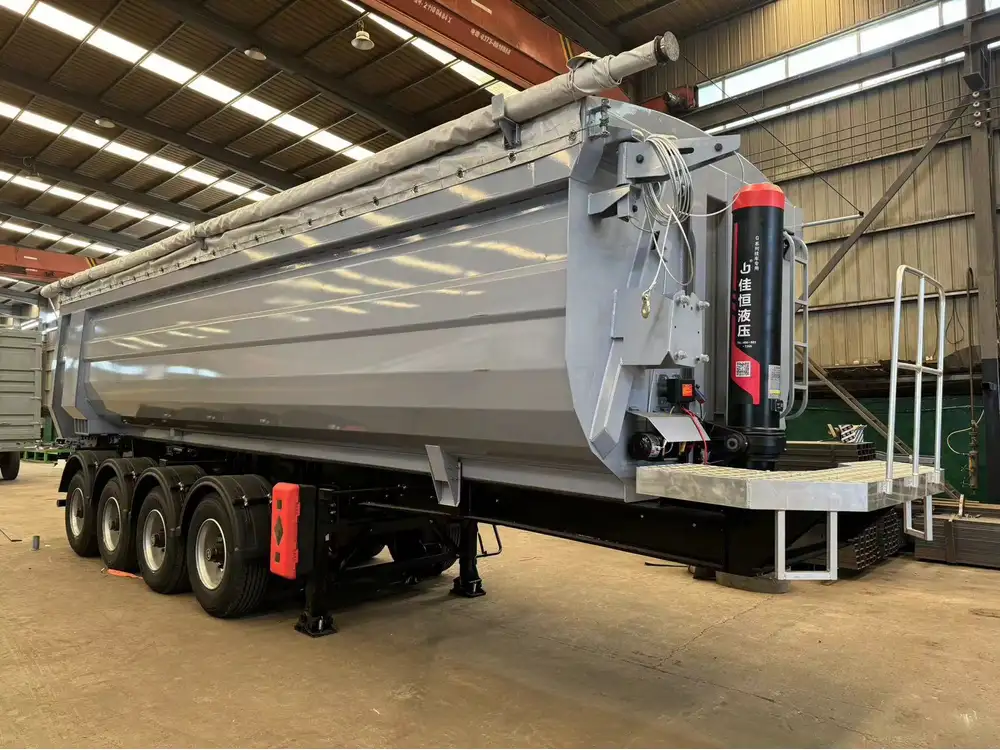
3. Tower Height
Tower height is critical for accommodating the height of container stacks and ensuring smooth operation within the port environment. Taller towers allow for higher stacking of containers, optimizing space usage.
- Standard Tower Heights: 30 meters to 60 meters, depending on container stacking requirements.
4. Rotation Speed
The rotation speed of a container crane affects the overall productivity by determining how quickly the crane can move between containers.
- Average Rotation Speed: 1 to 5 rotations per minute (RPM).
- High-Speed Cranes: Capable of exceeding 5 RPM for rapid container transfers.
5. Jib Length
The jib is the horizontal arm extending from the crane’s base. Its length influences the crane’s stability and reach.
- Standard Jib Lengths: 20 meters to 40 meters.
- Impact on Operation: Longer jibs allow greater container access but require robust structural support.
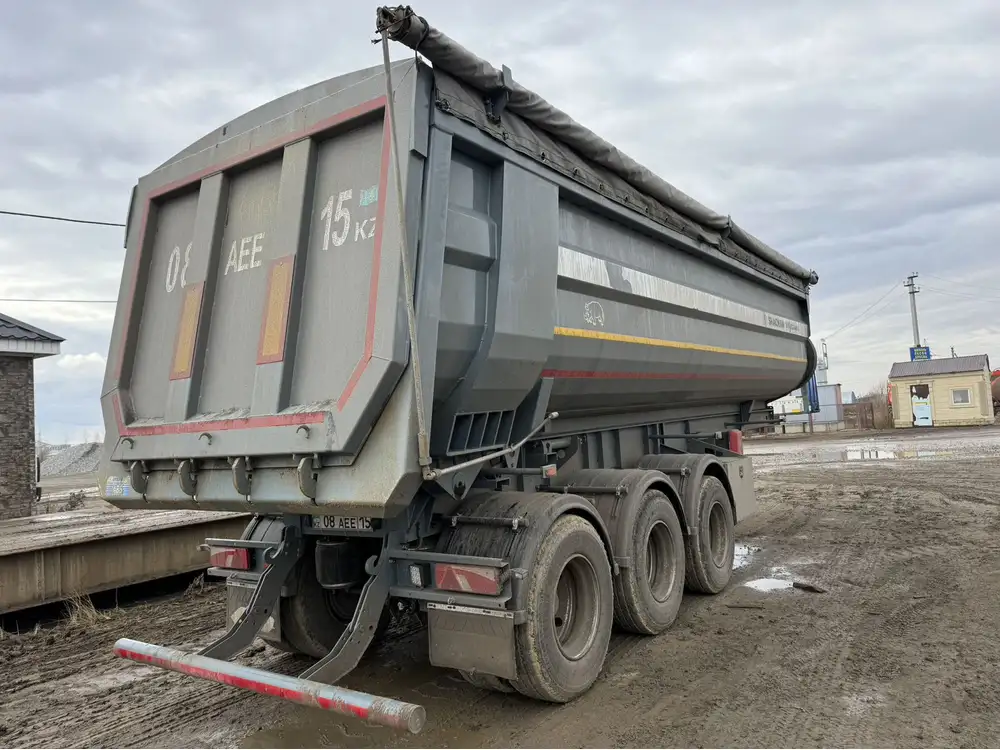
6. Operating Radius
The operating radius is the distance from the crane’s center to the outermost container it can handle. A larger operating radius enhances the crane’s flexibility in container placement and retrieval.
- Typical Operating Radii: 50 meters to 100 meters.
7. Power Source
Container cranes are powered through electrical systems, often using overhead power lines or onboard generators. The choice of power source impacts the crane’s efficiency and environmental footprint.
- Electric Cranes: Preferred for their energy efficiency and lower emissions.
- Diesel-Powered Cranes: Used in locations where electrical infrastructure is limited.
8. Control Systems
Advanced control systems enhance crane precision, safety, and operational efficiency. Modern cranes are equipped with computerized controls, automated stacking, and real-time monitoring capabilities.
- Manual Controls: Basic operation with limited automation.
- Automated Systems: Include features like automatic positioning, load balancing, and integrated safety protocols.

Advanced Features Enhancing Container Crane Performance
Beyond the basic specifications, several advanced features contribute to the superior performance and reliability of container cranes.
1. Automation and Remote Operation
Automated cranes reduce the need for manual intervention, increasing precision and reducing operational errors. Remote operation capabilities allow crane operators to manage multiple cranes simultaneously from a centralized control room, enhancing overall port efficiency.
2. Energy Efficiency Technologies
Incorporating energy-efficient motors, regenerative braking systems, and intelligent power management systems can significantly reduce the energy consumption of container cranes, leading to cost savings and a reduced environmental impact.
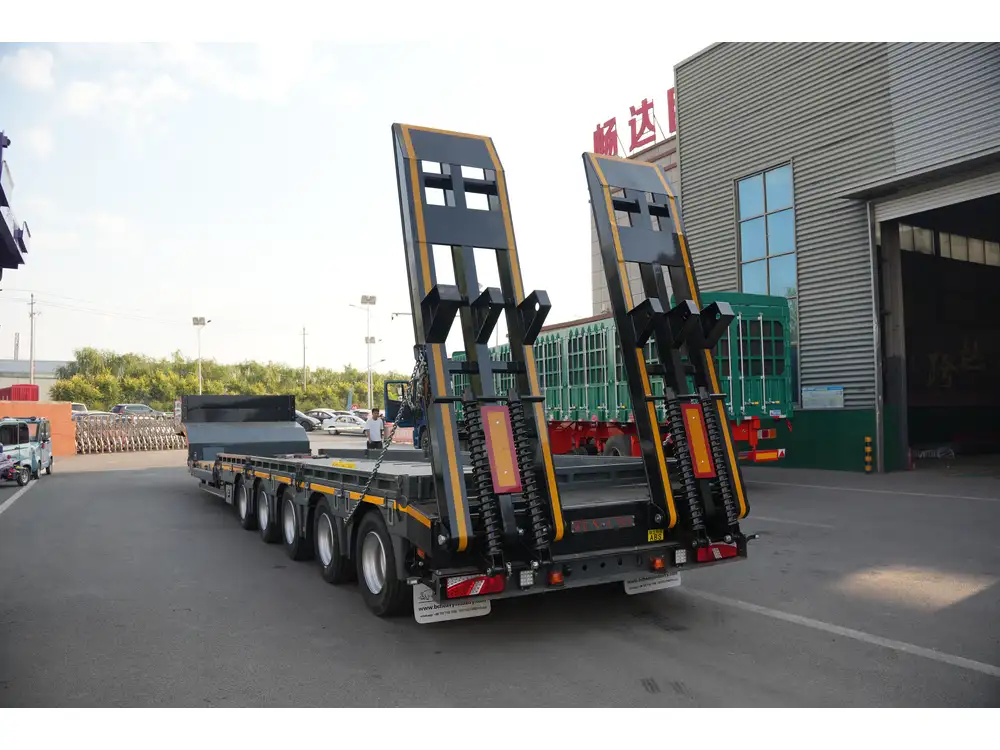
3. Safety Enhancements
Advanced safety features such as collision avoidance systems, load sensors, and emergency stop mechanisms are essential for safeguarding personnel and equipment. These technologies help prevent accidents and ensure compliance with international safety standards.
4. Maintenance and Diagnostics
Proactive maintenance and real-time diagnostics minimize downtime and extend the lifespan of container cranes. Predictive maintenance systems use data analytics to forecast potential issues before they escalate, enabling timely interventions.
Comparative Analysis: CarMax Vehicle’s Container Cranes
At CarMax Vehicle, our container cranes are engineered to meet the highest standards of performance, reliability, and safety. Here’s how our cranes stand out in the competitive landscape:
| Feature | CarMax Vehicle | Competitor A | Competitor B |
|---|---|---|---|
| Lift Capacity | Up to 300 tonnes | Up to 250 tonnes | Up to 200 tonnes |
| Boom Length | 60 meters | 50 meters | 45 meters |
| Tower Height | 60 meters | 55 meters | 50 meters |
| Rotation Speed | 6 RPM | 4 RPM | 3 RPM |
| Automation Level | Fully automated | Semi-automated | Manual |
| Energy Efficiency | High | Medium | Low |
| Safety Features | Advanced integrated systems | Standard safety | Basic safety |
| Maintenance Solutions | Predictive maintenance | Scheduled maintenance | Reactive maintenance |

Selecting the Right Container Crane for Your Port
Choosing the appropriate container crane involves a comprehensive assessment of various factors to ensure alignment with your port’s operational requirements and future growth projections.
Assessing Port Traffic and Container Volume
Understanding the current and projected container volume is crucial in selecting a crane with the right lift capacity and operating speed. High-traffic ports require cranes that can handle large volumes efficiently to prevent bottlenecks.
Evaluating Space Constraints and Layout
The physical layout of the port influences the choice of crane specifications such as boom length, horizontal reach, and operating radius. Optimizing the crane’s specifications to fit the port’s spatial constraints ensures maximum operational efficiency.

Considering Environmental Conditions
Ports located in regions with harsh weather conditions need cranes designed to withstand high winds, extreme temperatures, and corrosive environments. Selecting cranes with appropriate specifications for your environmental conditions enhances durability and performance.
Future-Proofing Your Investment
Investing in cranes with scalable and adaptable specifications ensures that your port can accommodate future increases in container volume and advancements in shipping technology. Features like modular designs and upgradable control systems contribute to long-term operational flexibility.
The Role of Innovation in Container Crane Specifications
Innovation drives the evolution of container cranes, leading to advancements that enhance their performance and efficiency.

Integration of IoT and Smart Technologies
The Internet of Things (IoT) enables container cranes to communicate with other port equipment, providing real-time data on operations. Smart technologies facilitate better decision-making, optimize resource allocation, and improve overall port management.
Sustainable Design and Eco-Friendly Practices
Modern container cranes are being designed with sustainability in mind, incorporating eco-friendly materials, energy-efficient systems, and designs that minimize environmental impact. Sustainable container crane specifications align with global efforts to reduce carbon emissions and promote green logistics.
Enhanced Mobility and Versatility
Innovations in crane mobility allow for more versatile operations, such as the ability to handle containers of various sizes and weights with ease. Mobile container cranes can adapt to different port configurations, offering greater flexibility in operations.

Maintenance and Optimization of Container Cranes
Effective maintenance strategies are essential for sustaining the performance and longevity of container cranes. At CarMax Vehicle, we offer comprehensive maintenance solutions tailored to the specific needs of our container cranes.
Regular Inspection and Preventive Maintenance
Implementing a schedule of regular inspections and preventive maintenance helps identify and address potential issues before they lead to costly breakdowns. Key areas of focus include structural integrity, hydraulic systems, and electrical components.
Utilizing Advanced Diagnostic Tools
Advanced diagnostic tools enable precise monitoring of crane performance and early detection of anomalies. These tools leverage data analytics to provide actionable insights, facilitating timely maintenance interventions.
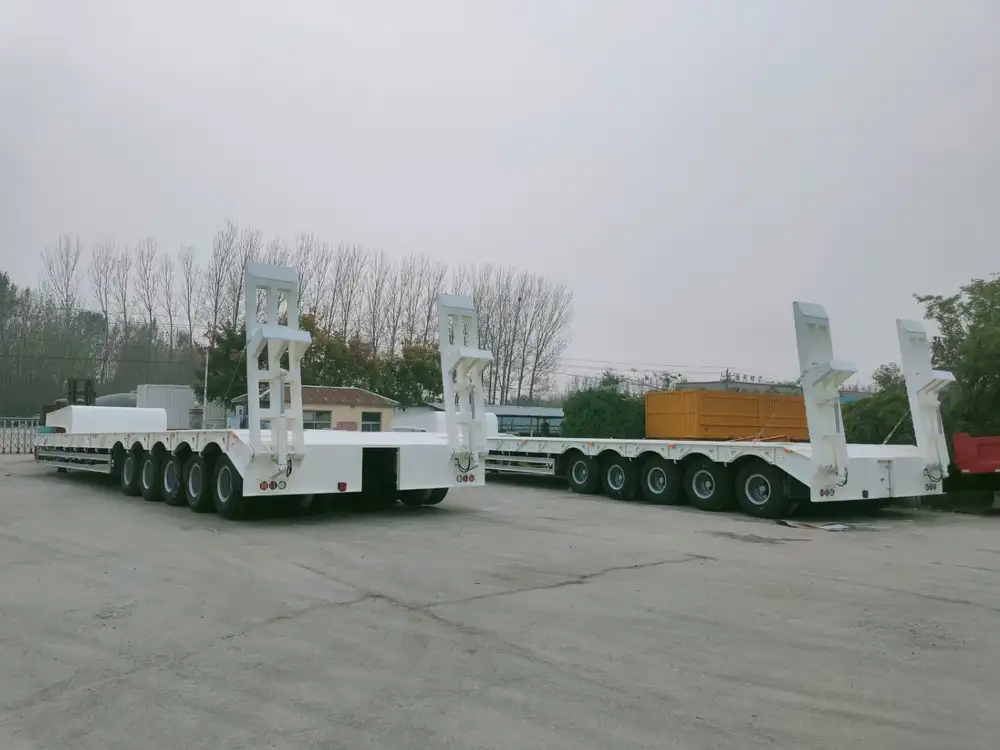
Training and Skill Development for Operators
Well-trained operators contribute significantly to the efficient and safe operation of container cranes. Providing ongoing training ensures that operators are proficient in handling advanced crane features and adhering to best practices.
Cost Considerations in Container Crane Specifications
Balancing performance with cost is a critical aspect of selecting container cranes. Understanding the various cost factors associated with different specifications helps in making economically viable decisions.
Initial Investment and Capital Expenditure
The upfront cost of container cranes varies based on specifications such as lift capacity, boom length, and automation level. Investing in higher-specification cranes may entail a higher initial cost but can offer greater efficiency and lower operational costs in the long run.

Operational Costs and Energy Consumption
Energy-efficient cranes may have a higher purchase price but can result in significant savings on energy bills over time. Additionally, operational costs include maintenance, repairs, and labor, which must be factored into the overall investment.
Return on Investment (ROI) and Payback Period
Evaluating the ROI involves assessing the increased productivity and reduced downtime that high-specification cranes can provide. A shorter payback period makes higher-specification cranes a more attractive investment.
| Cost Factor | Impact on Selection |
|---|---|
| Initial Investment | Determines budget and funding allocation |
| Operational Costs | Influences long-term financial planning |
| Maintenance Expenses | Affects overall cost of ownership |
| Energy Consumption | Impacts sustainability and operational costs |
| Depreciation | Consideration for asset valuation |
Case Study: Enhancing Port Efficiency with CarMax Vehicle’s Container Cranes

Background
A major international port faced challenges with congestion and inefficient container handling, leading to increased turnaround times and operational costs. The port management sought a solution to upgrade their container handling capabilities.
Solution
CarMax Vehicle provided a fleet of advanced container cranes with the following specifications:
- Lift Capacity: 300 tonnes
- Boom Length: 60 meters
- Tower Height: 60 meters
- Rotation Speed: 6 RPM
- Automation Level: Fully automated
Implementation
The new cranes were integrated into the port’s infrastructure, accompanied by a comprehensive training program for operators and a maintenance schedule to ensure optimal performance.

Results
- Increased Handling Capacity: The enhanced lift capacity and faster rotation speed doubled the port’s container throughput.
- Reduced Operational Costs: Energy-efficient systems and predictive maintenance reduced energy consumption by 20% and maintenance costs by 15%.
- Improved Safety: Advanced safety features minimized accidents and ensured a safer working environment.
- Enhanced Productivity: The fully automated cranes streamlined operations, reducing container handling time by 30%.
Future Trends in Container Crane Specifications
The container crane industry is poised for significant advancements driven by technological innovations and evolving market demands.
Automation and Artificial Intelligence
The integration of AI and machine learning algorithms will enable cranes to optimize their operations autonomously, predicting and adapting to changing conditions to enhance efficiency and reliability.
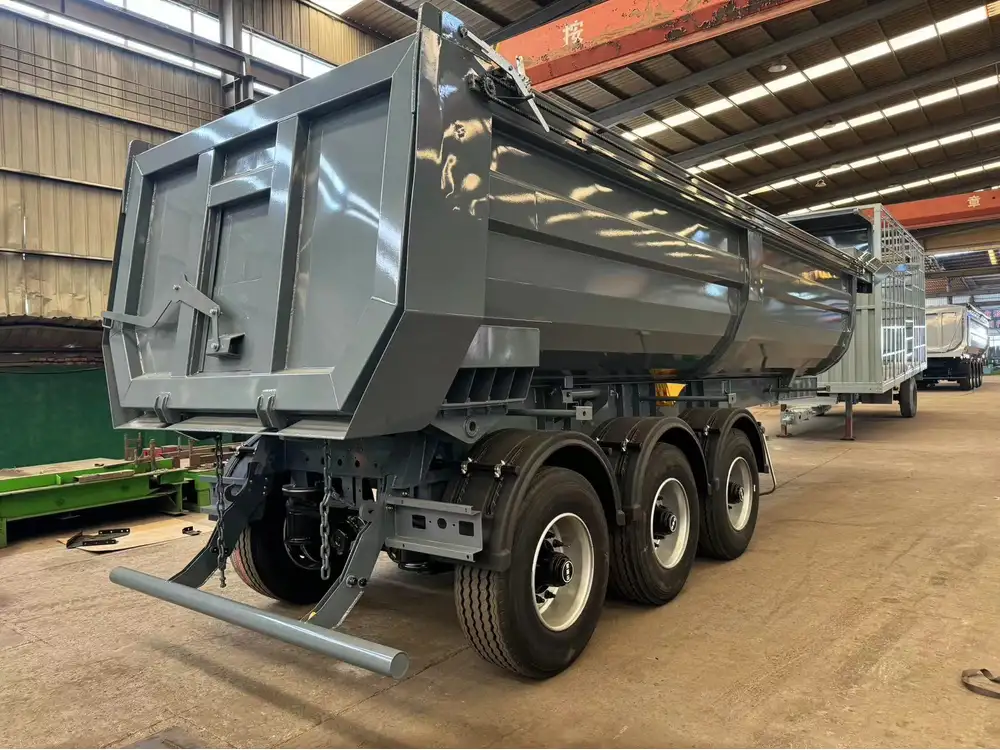
Electrification and Renewable Energy Integration
The shift towards electrification and the incorporation of renewable energy sources will lead to more sustainable and environmentally friendly container crane operations, aligning with global green initiatives.
Enhanced Connectivity and Integration
Future container cranes will feature enhanced connectivity, allowing seamless integration with port management systems and other automated equipment, fostering a more interconnected and efficient port ecosystem.
Modular and Flexible Designs
Modular crane designs will offer greater flexibility, allowing for easier upgrades and customization to meet the specific needs of different ports and changing operational requirements.

Conclusion
Container crane specifications are fundamental to the efficiency, safety, and profitability of port operations. At CarMax Vehicle, we are committed to delivering container cranes that meet the highest standards of performance and reliability. By understanding and leveraging the detailed specifications outlined in this guide, port operators can make informed decisions that enhance their operational capabilities and drive long-term success.
Frequently Asked Questions
1. What factors should I consider when selecting a container crane for my port?
When selecting a container crane, consider factors such as lift capacity, boom length, tower height, rotation speed, automation level, energy efficiency, safety features, and maintenance requirements. Additionally, assess your port’s container volume, spatial layout, environmental conditions, and future growth projections to ensure the crane specifications align with your operational needs.

2. How does automation in container cranes improve port efficiency?
Automation in container cranes enhances port efficiency by increasing precision, reducing human error, and enabling faster container handling. Automated systems can optimize crane movements, manage multiple cranes simultaneously, and integrate seamlessly with other automated port equipment, leading to streamlined operations and higher throughput.
3. What are the maintenance best practices for container cranes?
Maintenance best practices for container cranes include regular inspections, preventive maintenance scheduling, using advanced diagnostic tools for real-time monitoring, and providing ongoing training for operators. Implementing predictive maintenance strategies can help identify potential issues early, minimizing downtime and extending the crane’s operational lifespan.
4. How can energy-efficient container cranes benefit my port operations?
Energy-efficient container cranes reduce operational costs by lowering energy consumption and minimizing maintenance expenses. They also contribute to a greener port environment by decreasing carbon emissions. Investing in energy-efficient cranes can enhance your port’s sustainability credentials and provide long-term financial savings.

5. What advancements can we expect in future container crane technologies?
Future advancements in container crane technologies include increased automation and artificial intelligence integration, electrification and renewable energy usage, enhanced connectivity for better system integration, and modular designs for greater flexibility. These innovations aim to improve efficiency, sustainability, and adaptability to evolving port requirements.



